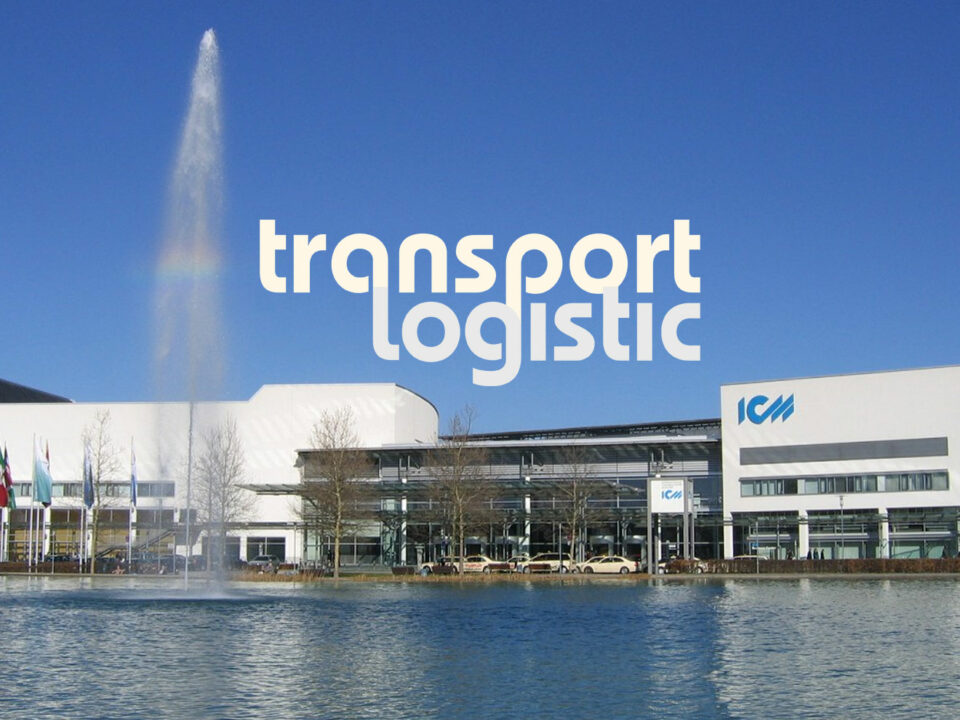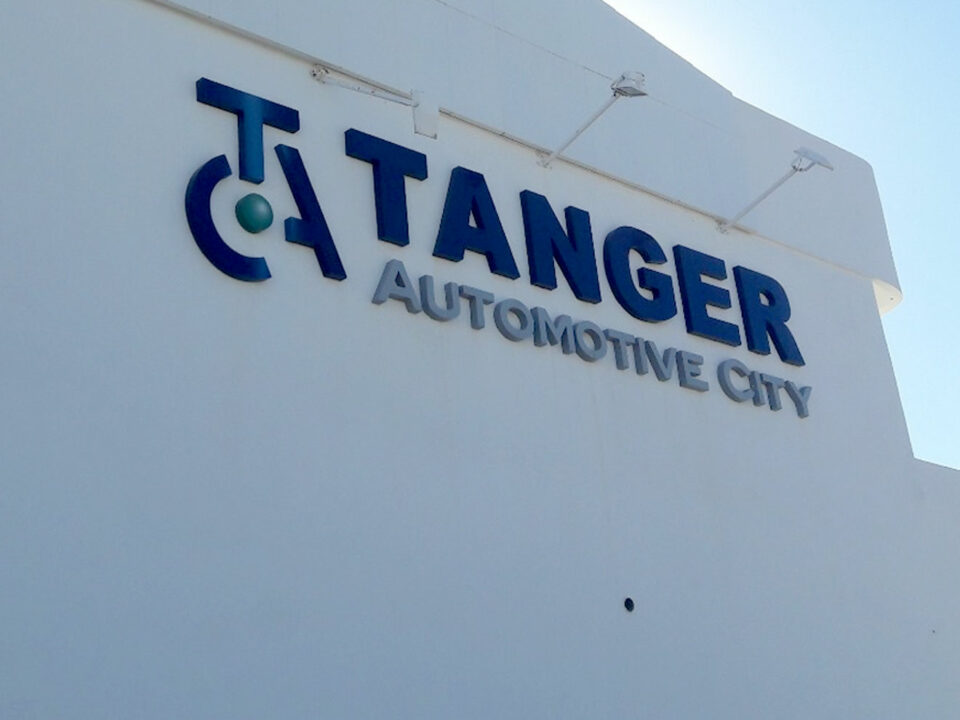6 keys to the change of paradigm in post-pandemic land transport

Working with Morocco or working from Morocco, a key difference for success
28/04/2022
EORI number, basic to imports and exports
07/06/2022
Two years after Covid’19 shook international logistics, the sector is still far from stabilising, despite accumulating a growth of up to 15% in activity. And although its impact is significant, the bottleneck caused by the Evergreen merchant ship in the Suez Canal and the instability caused by the Russian invasion of Ukraine are not the only reasons that have contributed to prolonging the situation of land transport.
The current complexity of road logistics in Spain and Europe must be read beyond recent events. The stress of the system has several challenges ahead in historical, generational and business terms that we will have to overcome to reach a balance in this field.
Decades of flight of transport professionals
It is a well-known fact: the number of professional drivers has been steadily decreasing for years, to the point where it is starting to become a problem in the Eurozone. At the end of 2021, the International Road Transport Association (Astic), using data from the study The European Road Freight Rate Development Benchmark, already warned that between 380,000 and 425,000 drivers were needed, to which 166,000 vacancies were added in May 2022 due to the invasion of Ukraine, especially for heavy goods vehicles. The toughness of the profession combined with the worsening economic conditions are driving young people and women away from a sector in which 72% of workers are over 50 years old.
Linked to this is a historical series of decreases in the number of vehicles authorised for transport. In Spain, for example, according to the “Observatorio del Transporte de Mercancías por Carretera. Supply and Demand (January 2022)” of the Ministry of Transport, Mobility and Urban Agenda, the private transport fleet has gone from 148,000 heavy goods vehicles and 575,000 light vehicles to just under 110,000 and 28,000 respectively in about 15 years.
A stressed sector holding back growth
And although the demographic and structural reasons already mentioned could be solved with a greater commitment on the part of logistics companies, the current situation discourages investment in new vehicles and hiring. The reduction of return journeys in land transport in Europe, the destruction of the usual flows of retail, industrial and food trade due to the post-pandemic policies in China and the Russian-Ukrainian war and the lack of sufficient transport lines have generated a very marked situation of instability in the sector, which remains far from the good economic figures.
According to the executive vice-president of the International Road Transport Association (Astic), Ramón Valdivia, “despite the increase in costs experienced by hauliers, both in terms of fuel and personnel costs, prices are […] only 0.87% higher than the previous year”. This, in a context in which inflation in Spain exceeds 6%, puts companies in the sector in the situation of postponing the commitment to new professionals and the renewal or expansion of fleets.
The sector is also affected by the new legislative measures included in the European Union’s Mobility Package. With 2026 in the spotlight, light vehicles will be obliged to carry intelligent tachographs, contributing to the aforementioned cost increase and unattractive conditions. With a new era of express transport just around the corner, shuttle transports will come to the fore in order to comply with legislation while ensuring express transit times.
Added to this, for those companies that do want to increase their vehicle numbers, are the difficulties the automotive sector is facing, with a logistics chain disrupted by component shortages. Investment in a new vehicle had already increased in price by up to 5% in March 2022 compared to the previous year, a year-on-year increase not seen since 1996. In addition, delivery times for a new vehicle can take up to 15 months.
In this unstable situation, having a wide network of partners already prepared for urgent road transport, such as the one we have at HTG Express, is key to overcoming the new paradigm of post-pandemic logistics.



